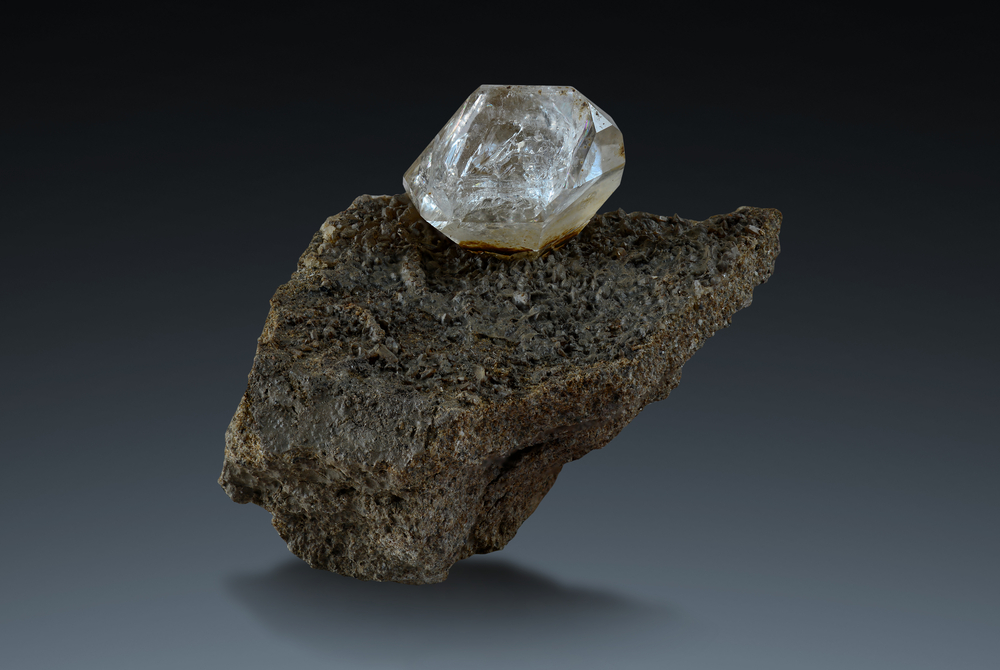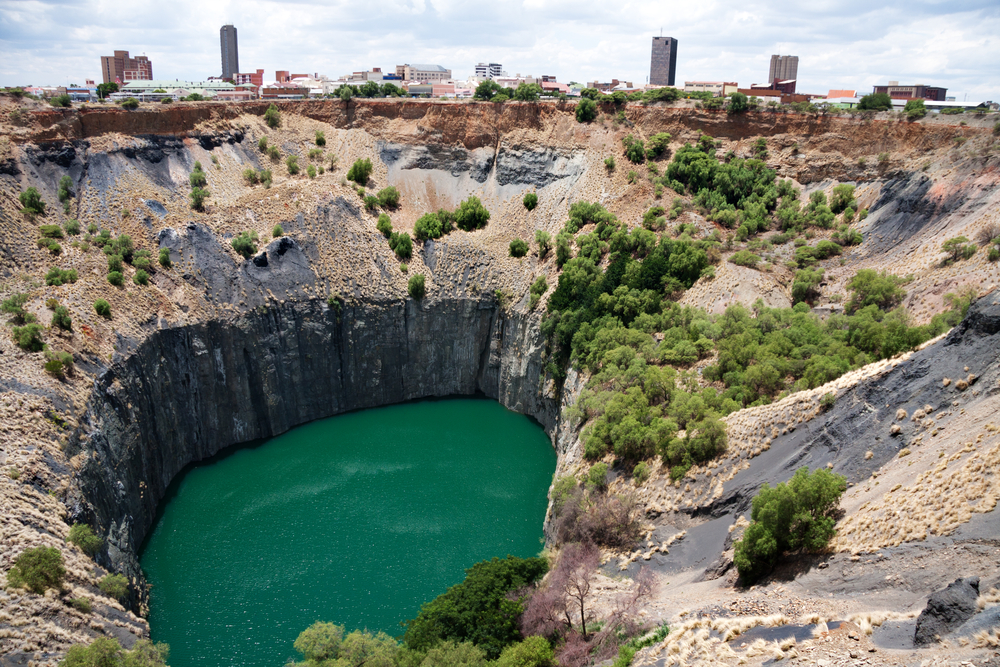TEZBADIAMOND
Diamonds mining




Rare occurrence
Prospectors carefully scrutinize extinct volcanoes, river beds and sandy coastal areas. To get one carat (0.2 gram) of diamonds it is necessary to mine 250 tons of rock, sand or soil in average. For this reason diamonds are so precious.


Primary sources
Kimberlite mining is extracting from the parent rock, along with diamonds directly from the kimberlite pipe. Surveying pipes of extinct volcanoes is performed either by surface mining or by digging underground tunnels. In both cases kimberlite (the ore containing diamonds) which is mined by blasting, breaking and digging is transported via belt conveyers or on trucks to the processing plant where it is grinded and rinsed and the diamonds extracted. The result of this way of mining is the occurrence of new geological formations such as “Big Hole”, a huge hole partly filled with water near Kimberley in South Africa. Most part of diamonds is mined in this way although it is financially very demanding.


Secondary sources
Through erotion of parent diamondiferous rock and its transportation together with diamonds, specific places are created (e. g. meanders of rivers) with an increased concentration of this crystal – so called secondary deposits. Mining is easier in places where diamond crystals are released from kimberlite through erosion into rivers and seas. In sandy coastal areas extraction is done by terrace cultivation, which involves both mechanical and manual procedures. The sandy plain near the coastline is explored by systematically scraping of the bottom layers away. The extraction of diamonds involves large industrial operations, professional methods as well as manual labour. Places where diamond crystals are deposited in river beds are called “Alluvial deposits”. They are mined by panning or dredging of the gravel layer. The high density of diamonds is utilized when mining from alluvial deposits and coastal sediments in a way similar to panning gold. In some cases it is possible to take advantage of the high adhesion of diamonds to anything oleaginous. Diamondiferous sediments are floated over grease-covered troughs and while grains of common materials slide down fat, diamonds stick to any greasy surface.




